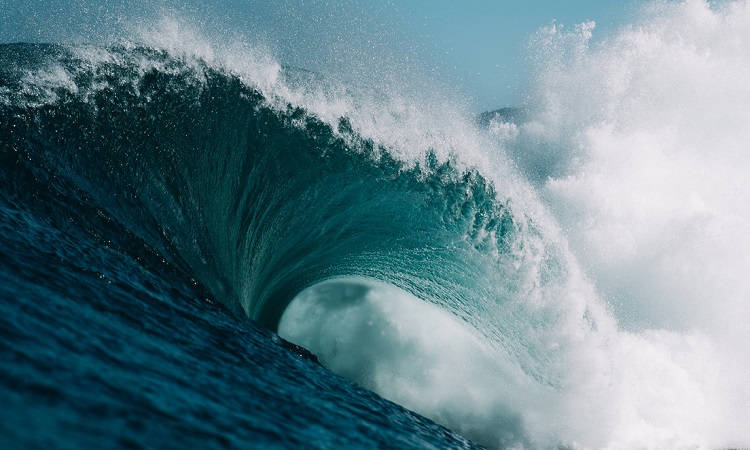In general, it is rather rare to directly observe a rogue wave. In western Canada, two years ago, however, a buoy recorded the most extreme rogue wave ever recorded. The size of the latter was as imposing as a six or seven story building, but its main feature is elsewhere.
Rare but impressive sightings
First of all, it should be remembered that rogue waves are very high ocean waves. Above all, their very sudden character makes them completely unpredictable. Considered rare, rogue waves are actually very numerous, but only a small part has been observed by humans. Moreover, the existence of rogue waves has long been doubted, for lack of objective measurements, despite initial descriptions dating from the 19th century. It could also be that these waves explain the mysterious and numerous disappearances in the Bermuda Triangle.
The first fully documented wave of its kind occurred in 1995 and hit the Draupner oil rig off the coast of Norway. The wave was 25.6 m high while the significant height measured in the North Sea was only 10.8 m.
Today, if observations remain rare, rogue waves are better known. So when one of them is recorded using an instrument, scientists eagerly await the results. In their publication in the journal Scientific Reports of February 2, 2022, two researchers from the MarineLabs Institute at the University of Victoria (Canada) also evoke the most extreme rogue wave ever recorded.
A record of proportionality
The wave occurred in 2020 off Ucluelet, near Vancouver in British Columbia. Its height is impressive: 17.6 meters, approximately the size of a six or seven-storey building. However, other known waves have reached much greater heights, sometimes exceeding thirty meters. In contrast, the Ucluelet wave broke a proportionality record, as it was three times higher than other nearby waves. In comparison, the wave from the Draupner platform was 2.5 higher than its neighbors. According to the authors of the publication, the rogue wave of 2020 is the most extreme ever recorded, but above all, no wave of this magnitude had ever been directly observed in the open sea.
Through this type of observation, the objective is to better understand this type of wave, then to carry out modeling in an attempt to predict their formation. The ultimate objective would be to develop warning systems in order to equip ships and other maritime infrastructures (oil platforms, wind farms, etc.). In addition, the urgency is all the more present as the current global warming could increase the frequency and intensity of rogue waves.




